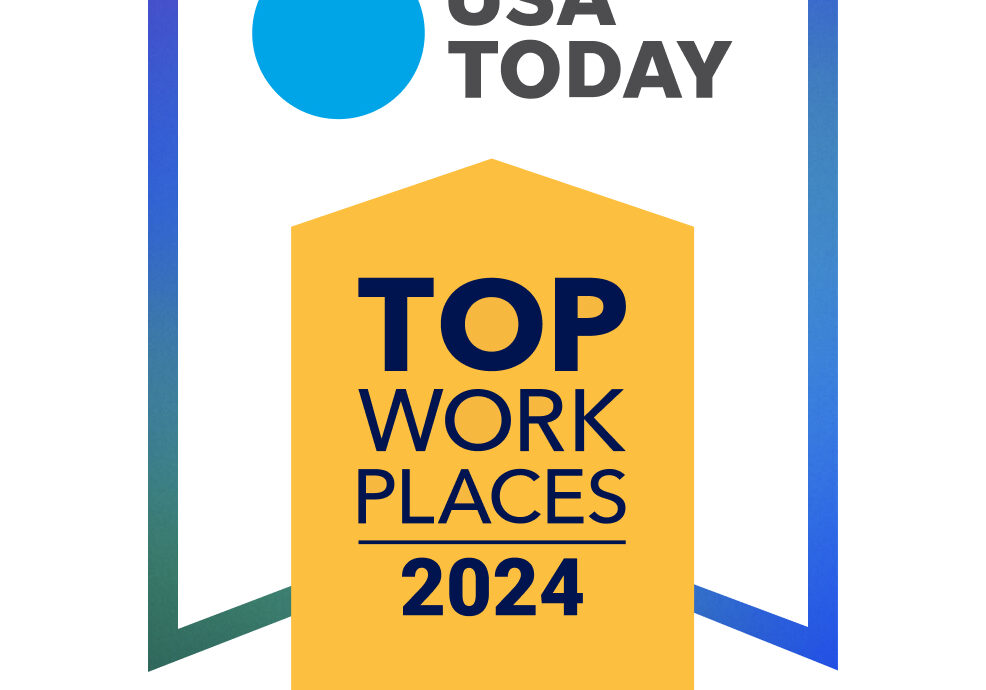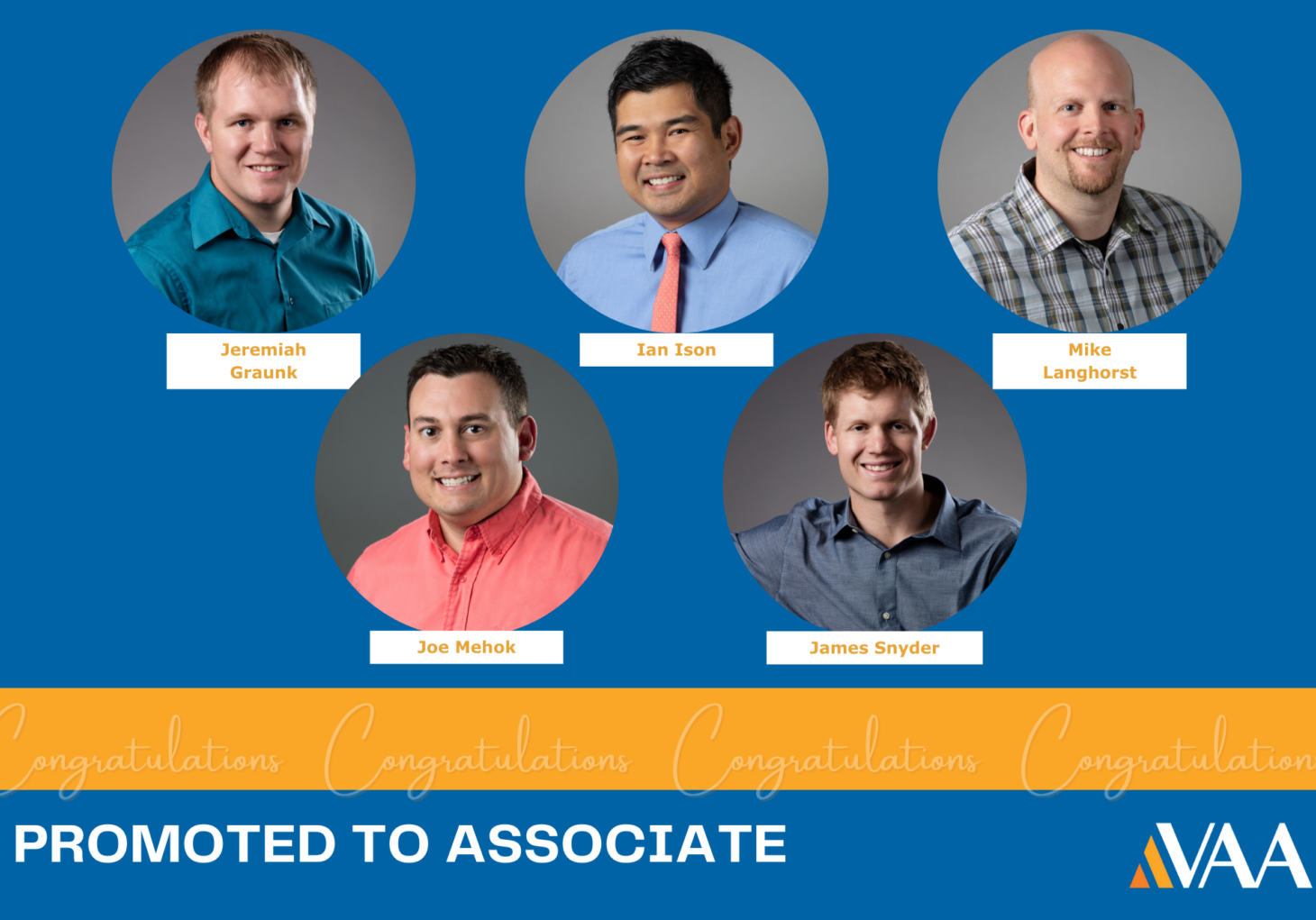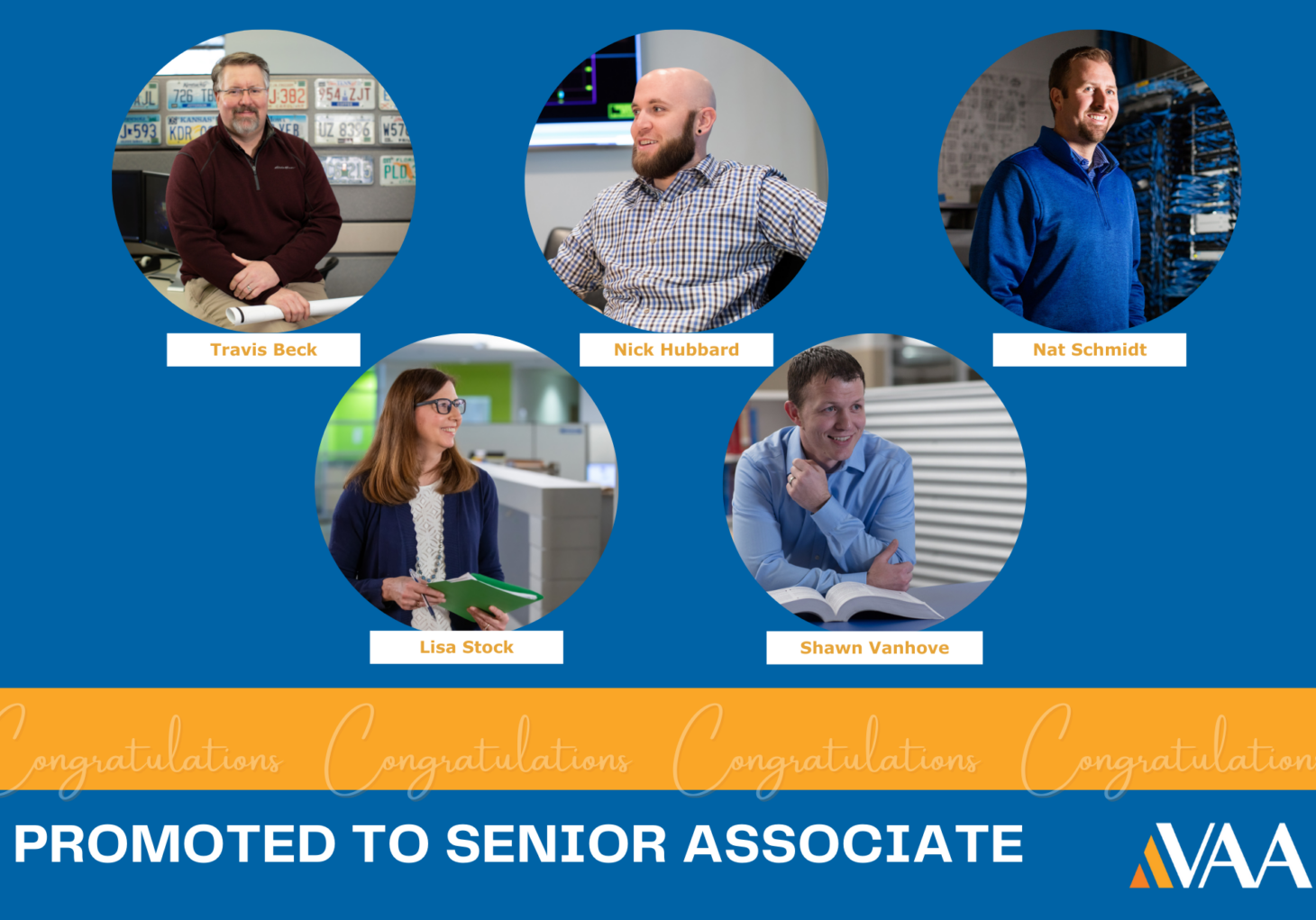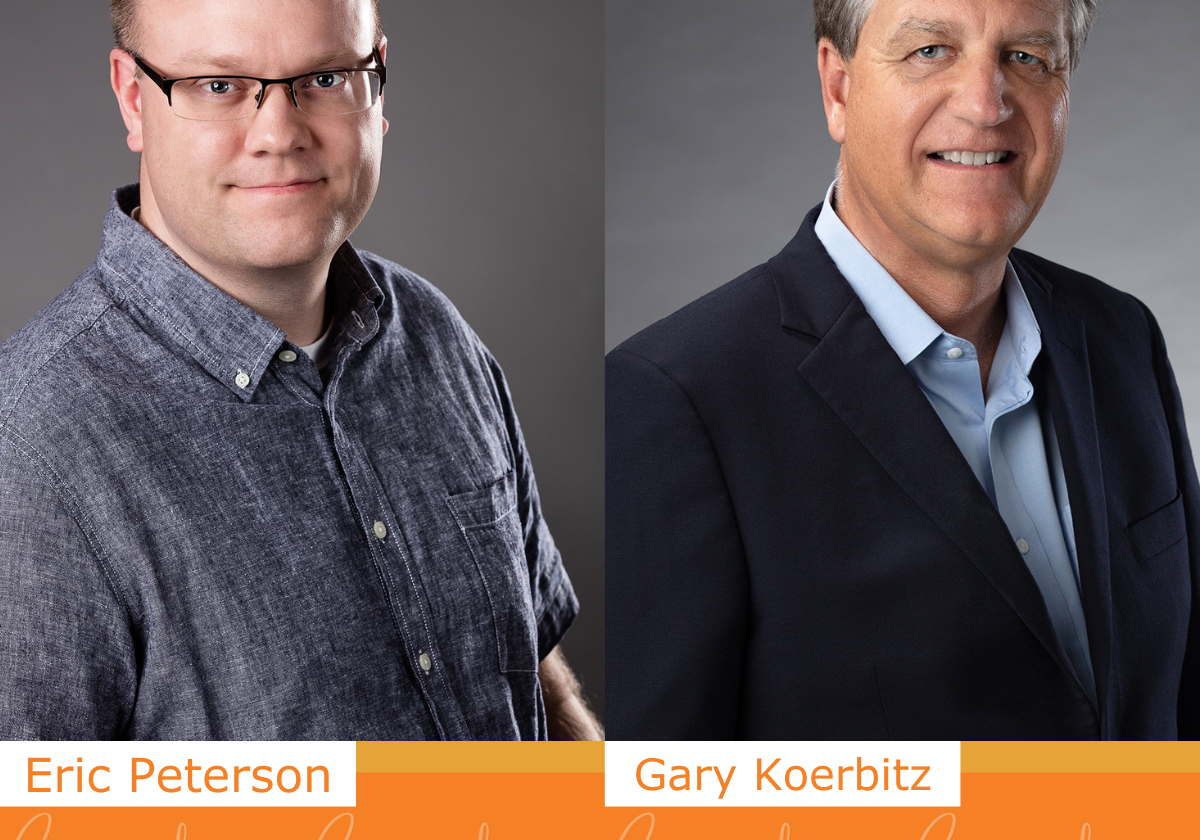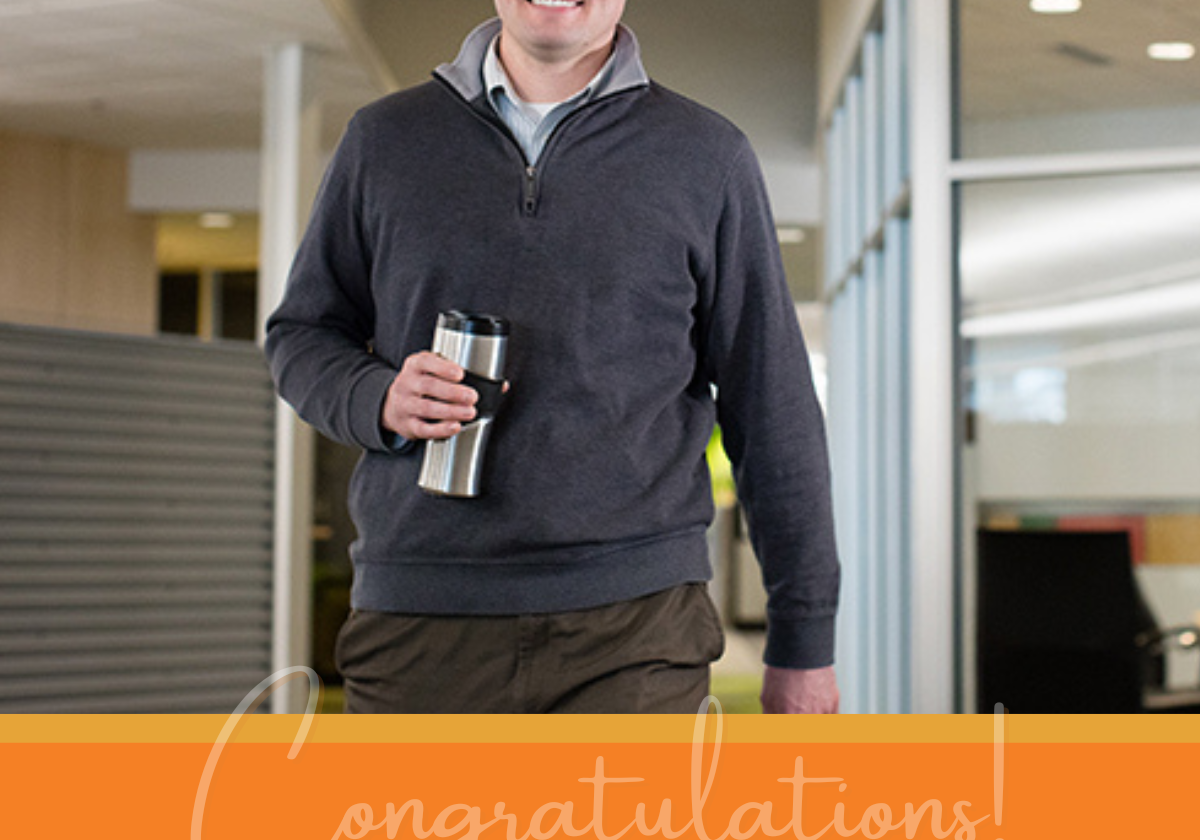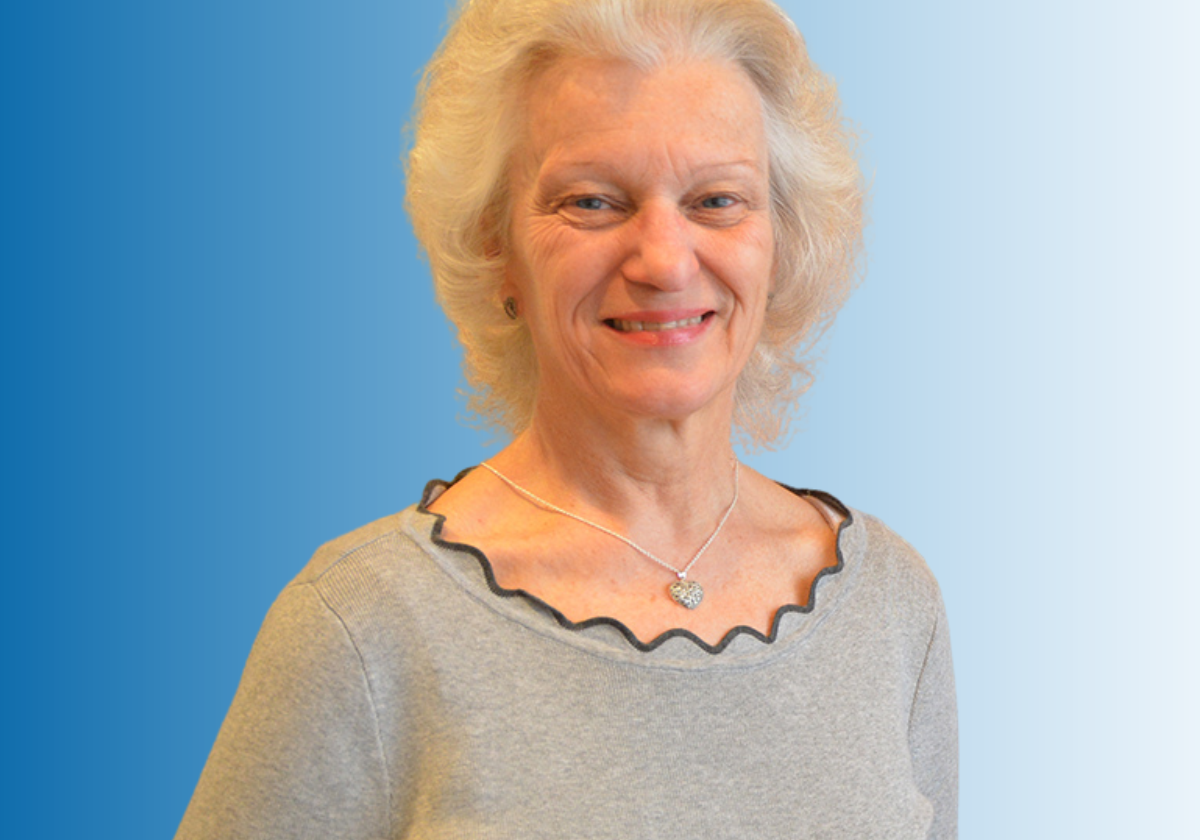VAA News | June 7, 2017
Rail Design: More than Point A – Point B
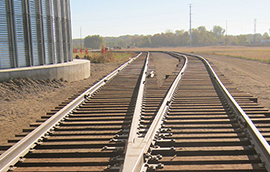 Asking the Right Questions
Asking the Right Questions
The goal of any design is to make the finished product look simple. When a rail design is complete, the end result is a set amount of linear track serving as a connection from a facility to a mainline or export terminal. However, the design process includes hidden complexities and details in between the final “point A to point B.”
In starting a new project, asking a client the right questions about their current needs and future goals is essential before moving forward with a design. Answering the following questions will inform what design options fit the site and provide the best result for a client.
- What commodities will be handled, both now and in the future?
- What is the desired volume of product in and out of the facility?
- How many cars will be moved at once?
- How long will cars be on the site?
- Will mainline power (locomotives), industry owned locomotives or other means be used to move cars?
- Is the client under a specific time constraint for the turn-around of cars on site?
Another question to consider, do you pay demurrage? Demurrage is a charge paid by the owner of a shipment resulting from a failure to load or ship within the time allowed. In most cases, the owner will have a specified amount of time to load / unload the cars before the mainline picks them back up. Exceeding these time constraints often triggers additional costs that can escalate quickly. Planning and designing for both the needs of the client as well as their intentions for the facility’s use are interconnected and rely on each other to accomplish business and revenue goals.
Horizontal Geometry and Minimizing Impact
Rail is designed using a combination of curves and straight rail known as tangents. A curve is defined by its curve radius and many factors can influence what curve radius is used on a project. The most common factor is the potential strain on the train and rails. Without careful planning, these curves can increase maintenance costs for both cars and the rails themselves. Tighter curves experience more wear as rolling stock (locomotives and cars) have to travel through them and are much more likely to derail. Designing curves too tight can also result in an alarmingly loud squeal of rolling steel, which is harmful to facility operators and invasive to the surrounding environment.
Taking a detailed approach in designing horizontal geometry can minimize impact on the environment, the long-term strain on the rail and the client’s project costs. The largest environmental issue in rail design is jurisdictional wetlands. Any proposed impact to a wetland requires mitigation with the DNR or the Army Corps of Engineers and replacement of up to three times the amount of the impacted area. While this process is lengthy and potentially costly, it is necessary as good stewards of the environment. Working proactively with these regulatory entities leads to design options that are both environmentally responsible and address facility transportation needs.
Horizontal geometry can also be impacted by the proximity to the existing mainline and easements / railroad rights of way as well as other site constraints, including existing buildings, roads, underground utilities, etc.
Vertical Geometry and Addressing Constraints
Identifying the best rail infrastructure for a project is dependent on the goals for the facility, requirements set by the mainline and site elevations. Different design types are used to optimize a site for car storage or efficient loading / unloading rates. Both loop and ladder tracks can allow for on-site car storage; however, a loop generally accommodates more, averaging 120 cars. Ladder tracks are best for long-term storage when the client has less available real estate for rail development.
Rail designs are required to work within the constraints of the connecting railroad. BNSF Railway, CN, CP, CSX, NS, UP, etc. each have different requirements, making it crucial to address the design criteria from the start. For example, each railroad has specific formulas for calculating measurements related to a vertical curve. A vertical curve is the transition from two different slopes, in the same or opposite direction. An integral part of rail design, these curves have to be gradual enough so a train will not derail, but tight enough to fit within the facility site layout.
One of the last components of the vertical design is the maximum slope for each type of rail. The elevation of the connecting railway and the type of rail design used dictates the slope. The design needs to be considered flat in places the rail will be storing cars or connecting to another line. Most sites will use cut and fill to bring the site to the appropriate elevation and to meet the requirements of the railroad. It is important to minimize the amount of dirt work required to keep costs down for the client.
Efficiency in Design
Rail design requires creativity and a thoughtful approach to make the end product efficient. From start to finish on a project, precise design techniques should be used to provide the exact amount of rail needed for the predicted volume of rail cars. If the client knows they are bringing in a 120-car shuttle train on a loop, design exactly the length needed to fit all 120 cars and three locomotives. This length is defined as the “clear length” of the rail and places the cars on both tracks leading into the turnout as close as they can be to the switch without colliding. This will save the client on land, earthwork and construction costs.
Keeping efficiency in mind during the design process can cut costs. Incorporating these cost saving measures into a rail design planned around client needs and site constraints will help create the best solution.
About the Author
Nick Hubbard
763-587-7318
nhubbard@vaaeng.com
Nick is a Senior Civil Designer at VAA, responsible for preparing and organizing site / civil / rail drawings and exhibits for the firm’s industrial, agribusiness and commercial sectors. He excels at drafting and designing rail for shuttle trains, grading plans, storm sewer / utilities, generating site layouts and coordinating permitting efforts with underground regulatory agencies.
Share with a Friend
Recent Posts
Let's connect.
Whether you need a new or expanded facility, a process designed or debottlenecked, life safety or structural analysis… VAA can help you grow.

